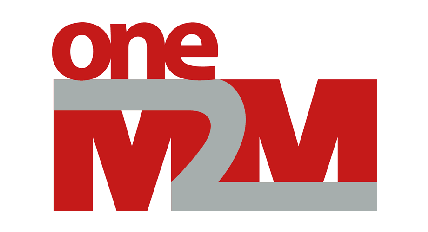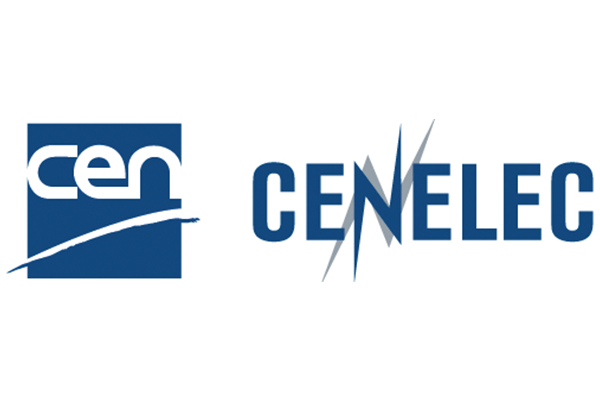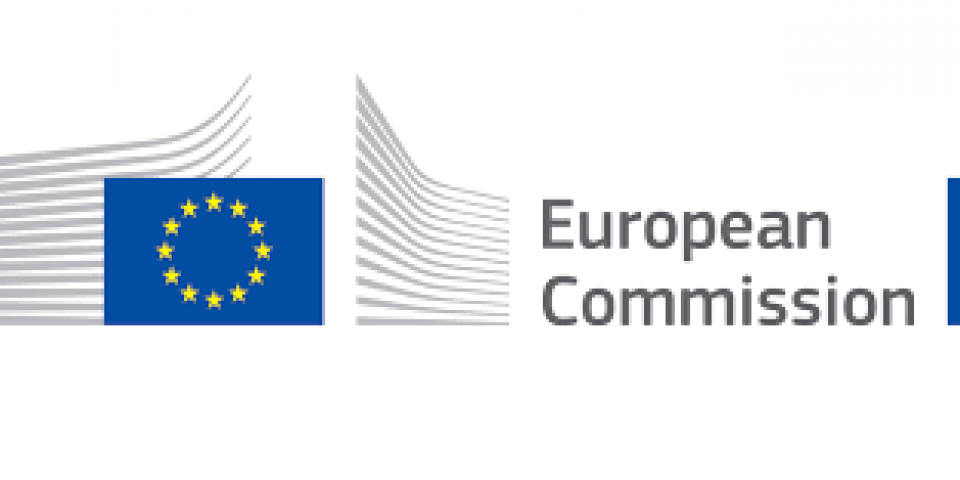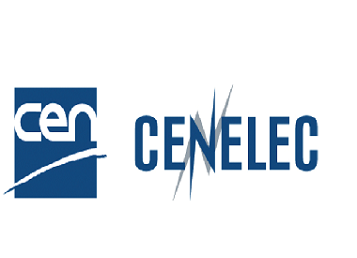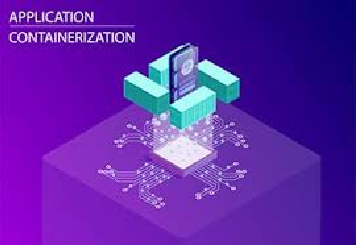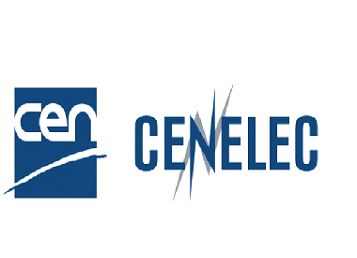oneM2M, the global standards initiative for M2M and IoT technologies of which ETSI is a founding member, is thrilled to announce that its standard has been adopted at a national level in India to develop the 100 smart cities plan of the country.
The standard, developed by a joint global collaborative effort, has already been transposed in India by the Telecommunications Standards Development Society, India (TSDSI). The national adoption of the TSDSI transposition of oneM2M standard highlights the importance of collaboration, testing and certification in the development of IoT devices and software and it will also propel India in the global Internet of Things (IoT) market.
“We are pleased to announce the adoption of TSDSI transposition of oneM2M global standards as national standards for the IoT/M2M ecosystem in India. We have completed this adoption process after following an exhaustive process of consultation as well as critical analysis by a Consultative Committee,” said Sh. Udai K. Srivastava, Senior DDG at TEC. “IoT/M2M will play a significant role in the expansion of the digitally connected society and the realisation of the Smart City Mission program in India.”
CEN, CENELEC’s new position paper on the intended revision of the General Product Safety Directive (2001/95/EC)
The European Commission intends to propose by the end of 2020 a new European Consumer Agenda setting out the main consumer policy priorities in the EU for the years to come. The overall aim is to take stock of a number of trends affecting consumer markets and the related challenges. Incidents linked to Covid-19 have further highlighted some of these trends, for example the increasing use of online sales channels and the need to ensure safety for consumers in this context.
One of the main aims of the European Union, through its consumer safety legislation, is to ensure that only safe products are available on the European single market. European standards (EN) have always had a huge role to play in fulfilling this ambition. This important role is highlighted in a recent Position Paper, drafted and published by CEN and CENELEC in response to a stakeholder’s consultation launched by the European Commission on the General Product Safety Directive.
The European Commission presented its ‘Sustainable and Smart Mobility Strategy' together with an Action Plan of 82 initiatives that will guide its work for the next four years. This strategy lays the foundation for how the EU transport system can achieve its green and digital transformation and become more resilient to future crises. As outlined in the European Green Deal, the result will be a 90% cut in emissions by 2050, delivered by a smart, competitive, safe, accessible and affordable transport system.
Milestones for a smart and sustainable future: All transport modes need to become more sustainable, with green alternatives widely available and the right incentives put in place to drive the transition. Concrete milestones will keep the European transport system's journey towards a smart and sustainable future on track:
By 2030:
- at least 30 million zero-emission cars will be in operation on European roads
- 100 European cities will be climate neutral.
- high-speed rail traffic will double across Europe
- scheduled collective travel for journeys under 500 km should be carbon neutral
- automated mobility will be deployed at large scale
- zero-emission marine vessels will be market-ready
AI in Healthcare: Paving the Way with Standardization - CEN and CENELEC’S Stakeholders’ Workshop
In recent years, and in the current quest for digital sovereignty, AI has become one of the top strategic priorities and a key driving force of economic growth. Healthcare is a sector in which this game-changing technology has a particularly high potential to make a huge difference for both health professionals and patients: it allows for faster data analysis and diagnoses, optimises time or outbreak monitoring, and overall provides high-quality care for its citizens. Nevertheless, AI applications must take into account existing European regulatory frameworks, health industry practices, and realworld applications. Furthermore, the COVID-19 pandemic has highlighted the role such new technologies can play for an effective and efficient health system.
In this context, standards have a strategic role to play: in a quickly developing sector, they can help build trust, promote transparency, and provide a common language. To launch the discussion on this topic, CEN and CENELEC, two of the official European Standardization Organizations (ESOs), organised the digital stakeholders’ workshop “Artificial Intelligence in healthcare: paving the way with standardization”.
The ETSI group on Network Functions Virtualization (ETSI Industry Specification Group NFV) unveiled its first specification enabling containerized VNFs to be managed in an NFV framework. The ETSI GS NFV-IFA 040 specifies requirements for service interfaces and an object model for OS (Operating System) container management and orchestration.
ETSI GS NFV-IFA 040 describes the new functions required for the management and orchestration of OS containers, the Container Infrastructure Service Management (CISM) and the Container Image Registry (CIR). The CISM is responsible for maintaining the containerized workloads and manages the OS container, computation storage, network resources and their configuration. The CIR is responsible for storing and maintaining information of OS container software images.
The GS is supplemented by the first NFV Release 4 specifications ETSI GS NFV-IFA 010 and ETSI GS NFV-IFA 011 which provide enhancements of the specification of management and orchestration functional requirements, and extensions of the VNF package and VNF descriptor specifications respectively.
In the field of intelligent transport systems (ITS), Cooperative ITS (C-ITS) has the potential to further increase the benefits of ITS services and applications. C-ITS is a subcategory of the overall ITS which includes instruments that communicate and share information between ITS Stations to give advice or take actions with the objective of improving safety, sustainability, efficiency and comfort beyond the scope of stand-alone ITS.
In October 2020, CEN and ISO published online a freely available brochure on the topic. This extensive document provides up-to-date information on global standardization in the domain of Intelligent Transport Systems, with a specific focus on Cooperative Intelligent Transport Systems. It is meant to serve as a guide for C-ITS system designers and to support the deployment of such applications. Especially, this living document complements the series of Technical Reports TR 21186 ‘Cooperative intelligent transport systems (C-ITS) - Guidelines on the usage of standards’ developed by CEN and ISO. The Brochure is available on the ITS webpage of the CEN website and on the website of CEN/TC278 Intelligent Transport Systems.
A group of experts in ETSI TC ITS, the committee in charge of Intelligent Transport Systems, has just completed a set of three standards related to Vulnerable Road Users (VRU) protection with the specification ETSI TS 103 300-3. This standard defines the VRU awareness service together with its key interfaces and protocols as well as the VRU awareness message (VAM) format, semantics and syntax.
The specification completes the Technical Report, ETSI TR 103 300-1 on use cases and the Technical specification, ETSI TS 103 300-2, addressing the functional architecture and requirements for VRU. The development of the standards included stakeholders from around the world and received a large set of contributions from representatives working on different types of vulnerable road users, for example bicycles and motorcycles.
At the meeting of its General Assembly, ETSI has validated a new strategy, the result of an intensive development process over the last months. Titled ‘Designing tomorrow’s world’, the strategy has been shaped by ETSI’s diverse global community, drawing on the expertise and experience of more than 900 member organizations that include multinational and smaller companies, start-ups, research organizations and governmental institutions.
Representing ETSI’s values, mission and vision, Designing tomorrow’s world defines ETSI’s future direction as a world-leading Standards Developing Organization (SDO). The strategy builds on a recognition of the global importance of Information and Communication Technology (ICT) in sustainable development, together with the role of ICT standards to support the digital transformation of society.






